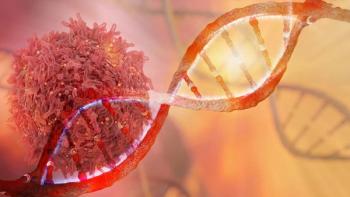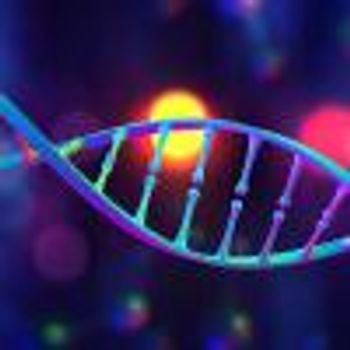
Digital Detection Tool May Help Improve Treatment of Cancer
A research team from the United States and Canada have developed and successfully tested new computational software that determines whether a human DNA sample includes an epigenetic add-on linked to cancer and other adverse health conditions.
Clinicians combating cancer now have a new tool that may lead to a different way of detecting some cancers in an earlier, more treatable state.
A research team from the United States and Canada have developed and successfully tested new computational software that determines whether a human DNA sample includes an epigenetic add-on linked to cancer and other adverse health conditions.
Researchers at Johns Hopkins University, the Ontario Institute for Cancer Research, and the University of Toronto detailed in the February 20
Cytosine is one of the four main genetic nucleotides that make up DNA. This altered version of cytosine can affect the way important genes are switched on or off. Such genetic miscues can play havoc with healthy activity within cells. The researchers are examining these marks to try to pin down the precise role methylation has in various health problems. However, current methods of mapping methylation have had significant shortcomings, such as harsh handling of the DNA sample and the need to use particularly large and pretreated tissue samples.
The new software described in Nature Methods is used with a commercially available nanopore sequencing device. The authors say this technique will directly characterize DNA methylation from smaller tissue samples. “We show that with careful analysis of nanopore sequencing data we can extract this extra layer of information,”
The software is designed to work with an Oxford Nanopore Technologies MinION sequencer, roughly the size of a large USB thumb drive. DNA is pulled through 512 extremely small holes with this device as an electric current passes through. Distinctive changes in the current as the DNA moves through the hole allow the software to identify the sequence of the DNA and the methylation marks on the DNA.
The researchers said they first used synthetically methylated DNA to train their software to distinguish between methylated cytosine and cytosine that lacks the crucial biochemical attachment. Team members then tested the software process on DNA samples derived from human breast cancer cells and successfully detected changes in methylation between cancer and normal samples.
This technique can show how the changes in methylation appear on individual molecules as they pass through the pore, according to the researchers. Such information may be valuable because faulty methylation is believed to play a role in birth defects and diseases such as rheumatoid arthritis, as well as cancer. It is believed that more information about DNA methylation could be helpful in devising new ways to detect cancer at an earlier stage and developing new treatments that are targeted more precisely to a patient’s genetic makeup.
To help advance such research, the team members have made their nanopore sequencing
.
Newsletter
Stay up to date on recent advances in the multidisciplinary approach to cancer.




















































































